You'll achieve perfectly fluffy solar-cooked rice by following five proven techniques. Start with a precise 1:1 water-to-rice ratio, adding an extra 0.5 to 1 part water for parabolic cookers to account for evaporation. Position your solar oven for maximum sunlight exposure and adjust reflectors regularly to maintain ideal temperature. Face your solar panels south (northern hemisphere) or north (southern hemisphere) at your location's latitude angle. Let your rice rest undisturbed for 10-15 minutes after cooking to guarantee even steam distribution. Consider adding a battery storage system for reliable cooking power. These expert tips are just the beginning of your solar cooking mastery.
Perfect Water-to-Rice Ratio
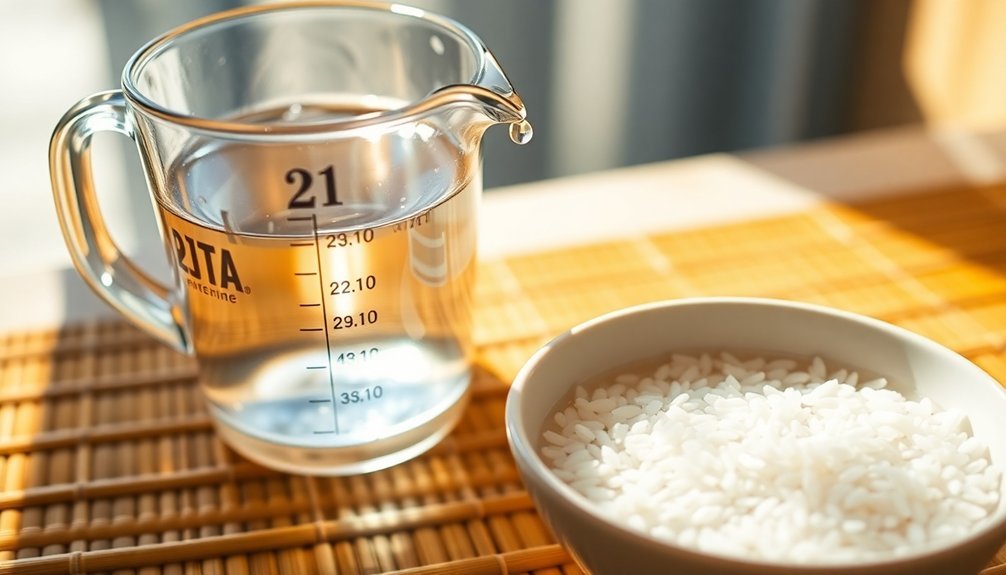
The perfect water-to-rice ratio is crucial for achieving fluffy, well-cooked rice in your solar cooker. While a 1:1 ratio serves as a solid baseline, you'll need to adjust this slightly when using solar cooking methods. For most parabolic solar cookers, add an extra half to one dose of water to account for the slower heating process and potential evaporation.
You'll want to take into account your specific rice type when measuring. Different varieties like jasmine, basmati, or Japanese rice may require subtle adjustments to the ratio. The quality of your rice is important as premium grade rice will yield better texture results.
If you're using a hot pot solar cooker, cover your rice with approximately one inch of water, similar to electric rice cooker measurements.
To maintain proper ratios, use precise measurements and make sure you've got a tight-fitting lid to control evaporation. You can start with either room temperature or hot water – the latter will speed up your cooking process.
Once cooking is complete, let your rice rest for 10 minutes with the lid on. Look for small holes on the surface to confirm it's done, then fluff immediately to keep the grains separate.
Temperature Control Matters
Mastering temperature control in your solar cooker directly impacts rice quality and cooking success. You'll need to position your solar oven to maximize sunlight exposure and adjust the reflectors regularly to maintain ideal cooking temperatures. Your cooking pot's material matters too – choose one that retains and distributes heat evenly.
When using a parabolic solar cooker like the SunGlobe, you're able to achieve higher temperatures through concentrated sunlight. To maintain these temperatures, make sure your oven's thermal insulation is working effectively. The high-quality cooking pot ensures consistent heat distribution throughout the cooking process. You'll want to monitor the cooking process every few minutes, as rice typically takes 20-30 minutes to cook properly.
Keep in mind that ambient conditions affect your cooker's performance. On cloudy days, you'll need to adjust cooking times and possibly reposition your cooker to capture maximum sunlight. Watch for small holes forming on the rice's surface – this indicates it's nearly done.
Once cooked, let your rice rest for a few minutes to complete the steaming process. For best results, make sure proper thermal anchoring of heating elements to your cooking pot using thermal compounds, which improves heat transfer efficiency and cooking consistency.
Solar Panel Positioning Secrets
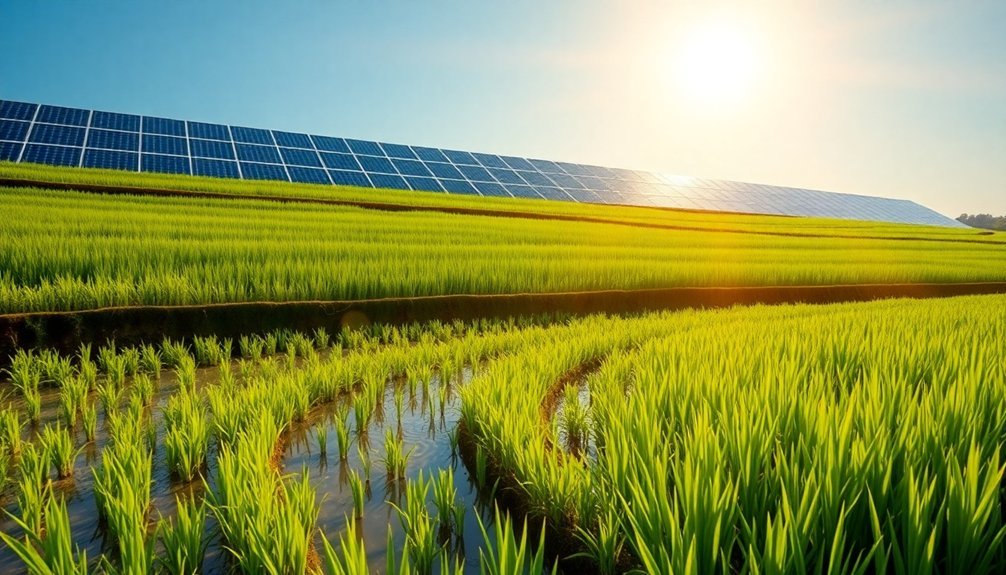
Positioning your solar panels correctly stands at the heart of efficient rice cooking with solar power. For peak results, you'll need to place your panels where they'll receive direct sunlight throughout the day, away from any shadows cast by trees or buildings.
In the northern hemisphere, face your panels south; if you're in the southern hemisphere, point them north.
Set your panel's tilt angle to match your location's latitude, ensuring they're perpendicular to the sun when it's highest in the sky. For optimal energy production, ensure your setup includes charge controllers and MPPT to regulate power flow. You'll want to use adjustable frames so you can modify the angle as seasons change. Tools like an inclinometer can help you measure the correct tilt, while a solar pathfinder will show you the sun's path throughout the year.
Before installing your setup, conduct a thorough site assessment. Use resources from NREL to determine your area's peak sun hours and identify the spot that receives maximum sunlight.
Keep your panels clean and debris-free to maintain efficiency, and don't forget to check their positioning regularly. For precise energy calculations, use tools like PV WATTS to determine the panel size you'll need based on your rice cooker's energy requirements.
Timing Your Rice Rest
Perfecting your rice's rest period proves just as significant as the cooking process itself. Just like any resting period, the initial 24-48 hours are vital for achieving ideal results. You'll want to let your rice rest undisturbed after cooking to guarantee proper texture and consistency.
During the important resting phase, don't lift the lid or stir the rice, as this can disrupt the steam distribution and affect the final texture. While it might be tempting to peek, resisting this urge will help your rice achieve that perfect, fluffy consistency you're aiming for.
Monitor your rice's progress during the rest period by listening for the subtle sounds of steam settling and watching for condensation on the pot's lid. If you notice any unusual signs, such as excessive moisture or uneven cooking, you may need to adjust your next batch's cooking time.
As you balance the resting period, remember that different rice varieties may require slightly different resting times. Start with a 10-15 minute rest period, and adjust based on your results.
You can gradually fine-tune this timing as you become more familiar with your specific rice type and cooking setup.
Clean Energy Storage Solutions
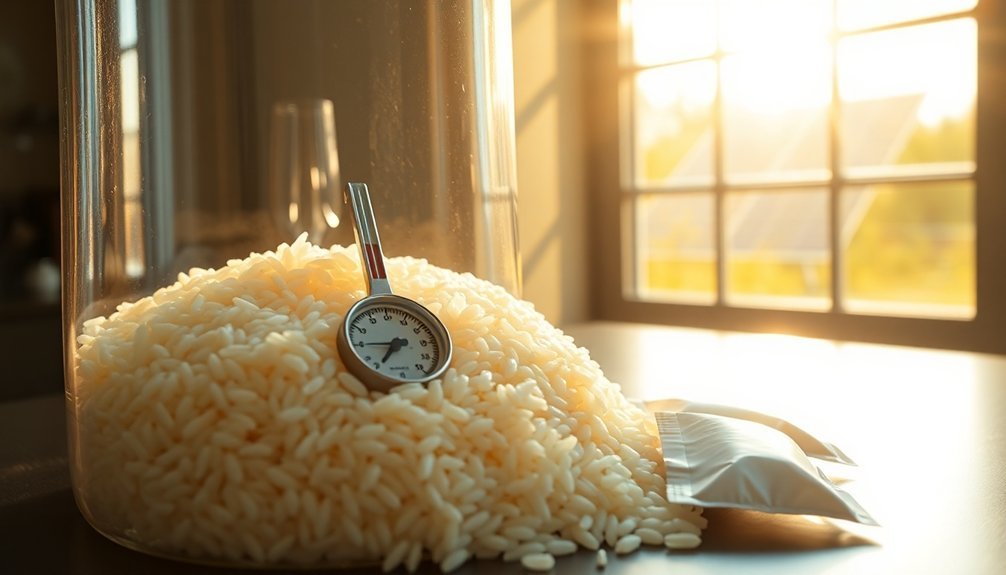
Energy storage powerhouses form the backbone of modern solar-powered systems, ensuring you'll have consistent power even when the sun isn't shining. For your solar-powered rice cooking setup, battery-based storage solutions offer the most practical approach, thanks to their high energy density of 150 Wh/kg and flexible operation capabilities.
You'll find that lithium-ion batteries are particularly effective for storing solar energy during daylight hours when you're not cooking. These batteries can seamlessly balance your electricity loads, providing reliable power for evening meal preparation when solar generation is low.
They'll operate silently and require minimal maintenance, making them ideal for your kitchen setup. To maximize your solar-powered rice cooking system's efficiency, you'll want to charge your storage system during peak sunlight hours.
This stored energy will help you manage those essential cooking times during evening peaks or on cloudy days. The system's ability to firm solar generation means you won't have to worry about power interruptions from passing clouds affecting your rice's cooking process.
With proper energy storage, you're ensuring consistent, reliable power for perfectly cooked rice every time.
Frequently Asked Questions
Can Solar-Powered Rice Irrigation Systems Work Effectively During Cloudy Monsoon Seasons?
Yes, you'll find solar irrigation systems work well during cloudy seasons when they're properly designed with battery storage and water tanks. Your system can pump and store water effectively even with limited sunlight.
How Long Does It Take Rice Farmers to Master AWD Irrigation Techniques?
You'll typically need 2-3 growing seasons to master AWD techniques as you learn to monitor water levels, understand your field's specific conditions, and gain confidence in timing the wet-dry cycles effectively.
What Backup Power Options Exist When Solar Energy Is Insufficient?
You've got multiple backup options: battery systems to store excess energy, generators running on diesel or propane, hybrid systems combining wind or hydro power, and grid-tied systems with battery backup for uninterrupted power supply.
Do Different Rice Varieties Require Adjustments to Solar-Powered Irrigation Schedules?
Yes, you'll need to adjust your solar irrigation schedules for different rice varieties. Each type has unique water requirements based on growth stages, drought tolerance, and climate conditions that affect your system's pumping demands.
How Many Years Until the Initial Solar Panel Investment Pays Off?
You'll typically see your solar panel investment pay off in 6-15 years, with a national average of 10 years. Your specific payback period depends on electricity rates, system cost, and local incentives.
In Summary
You've now got all the essentials for amazing solar-powered rice cooking. Remember to nail your water ratios, keep temperatures steady, and position those panels just right. Don't skip the vital resting period, and make sure you're storing that clean energy efficiently. With these tips under your belt, you'll be cooking perfect, fluffy rice while harnessing the sun's power like a pro.


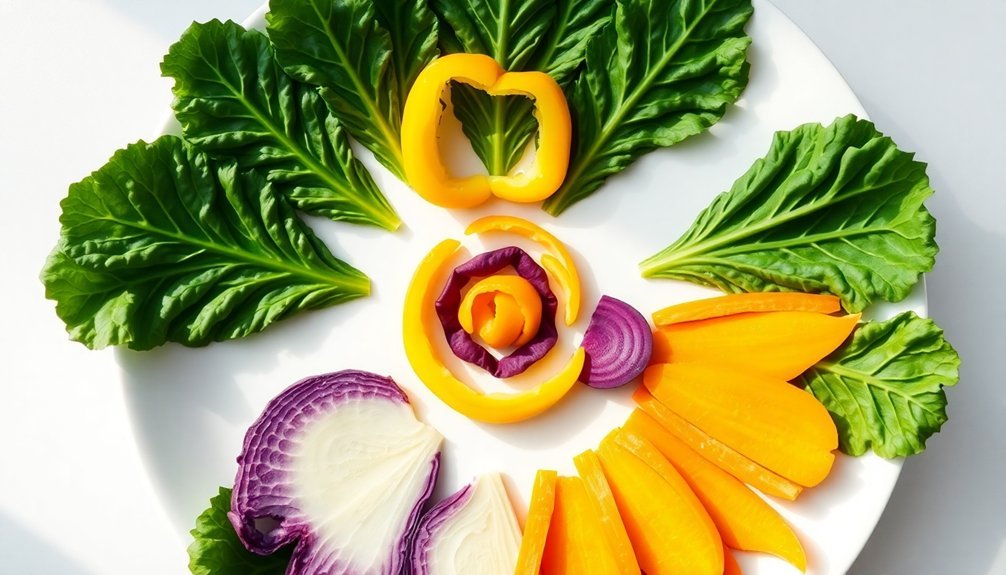

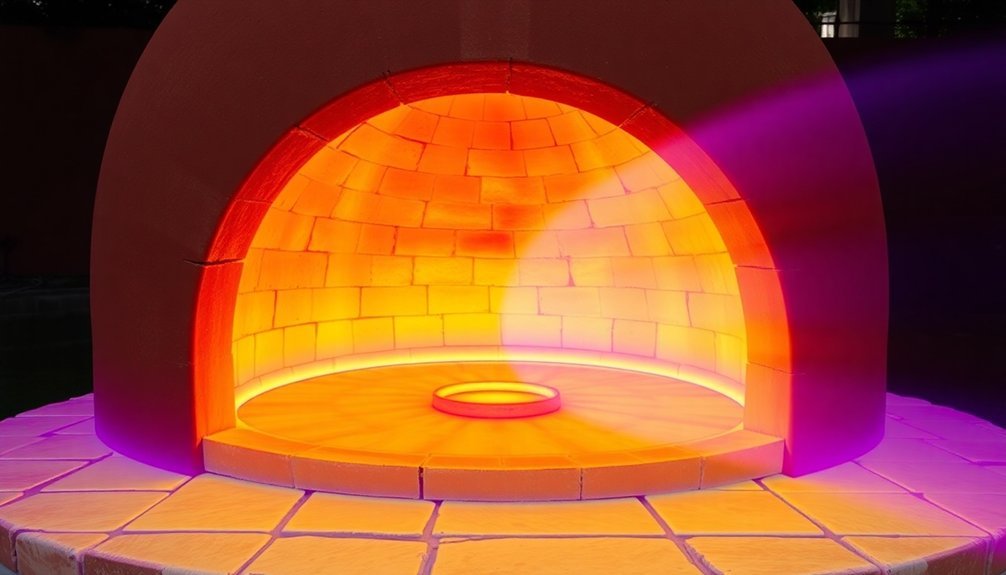
Leave a Reply